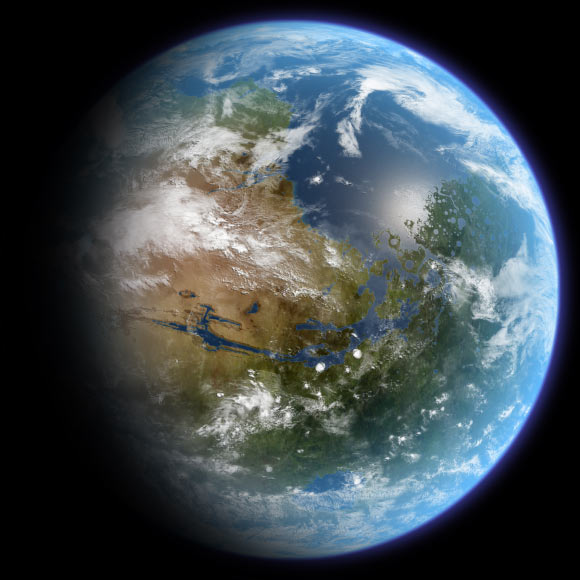
We know that at different points in Earth’s history, it had very different oxygen levels. There seem to have been times at which oxygen levels increased dramatically, but scientists have long debated what caused these increases. Some researchers believe the increases must have been due to dramatic events like volcanic eruptions or the evolution of new forms of life like land plants.
But that would mean that the odds of a planet developing an oxygen-rich atmosphere are low, and we just so happened to get lucky that these events happened on Earth. It means we’d be pretty unlikely to find exoplanets that also have high levels of oxygen.
New research challenges that concept though, by showing that high levels of oxygen aren’t that unlikely. The key ingredient that has been missing from these prior models is phosphorus, according to the authors.
“We created a computer model of the Earth’s carbon, oxygen, and phosphorus cycles and found that the oxygen transitions can be explained by the inherent dynamics of our planet and likely didn’t require any miraculous events,” the authors explained in a statement.
Phosphorus in the ocean plays a key role in the amount of oxygen on our planet. It enables photosynthesis among tiny marine plants called phytoplankton, which produces oxygen, but high levels of phosphorus can also increase the amount of oxygen consumed in the deep ocean as dead microorganisms are decomposed. This means that oxygen levels could rise or fall rapidly throughout Earth’s history because of the interaction with marine phosphorus.
This tells us not only more about the formation of oxygen on our planet, but also gives us clues to how oxygen could form on other planets. It isn’t necessary, as some had thought, for a dramatic or unusual planetary event to occur to create a change in oxygen levels. Instead, high levels of oxygen like those found on Earth could occur on exoplanets too. This makes the odds of us locating an exoplanet with a high-oxygen atmosphere much higher.
“What is really exciting about all of this is that the oxygenation pattern can be created without the need for difficult and complex evolutionary leaps forward, or circumstantial catastrophic volcanic or tectonic events,” the authors concluded. “So it appears that Earth’s oxygenation may have been inescapable once photosynthesis had evolved — and the chances of high oxygen worlds existing elsewhere could be much higher.”
The research is published in the journal Science.



